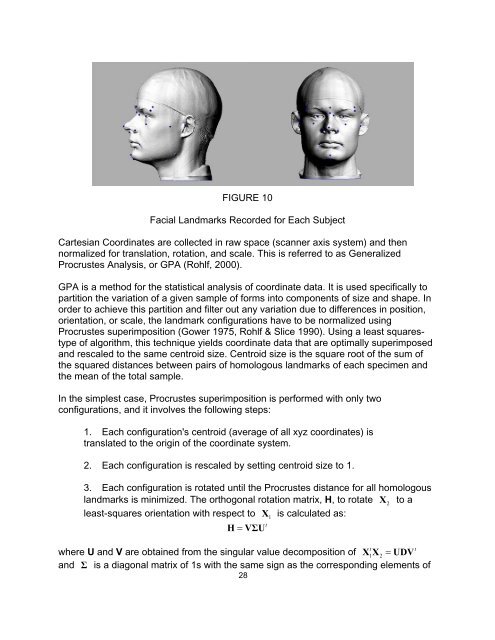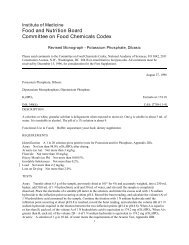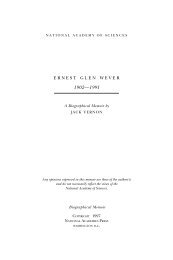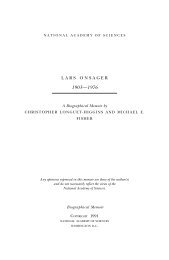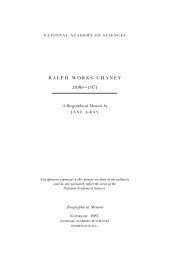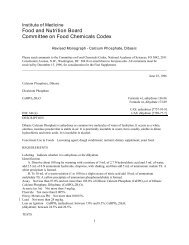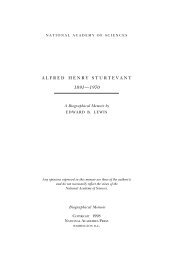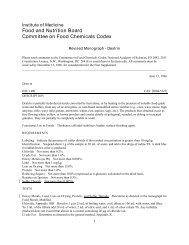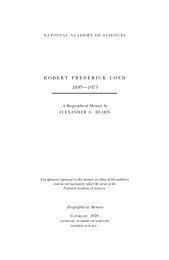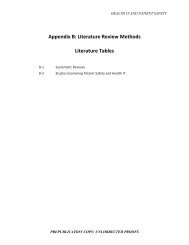A HEAD-AND-FACE ANTHROPOMETRIC SURVEY - The National ...
A HEAD-AND-FACE ANTHROPOMETRIC SURVEY - The National ...
A HEAD-AND-FACE ANTHROPOMETRIC SURVEY - The National ...
You also want an ePaper? Increase the reach of your titles
YUMPU automatically turns print PDFs into web optimized ePapers that Google loves.
FIGURE 10<br />
Facial Landmarks Recorded for Each Subject<br />
Cartesian Coordinates are collected in raw space (scanner axis system) and then<br />
normalized for translation, rotation, and scale. This is referred to as Generalized<br />
Procrustes Analysis, or GPA (Rohlf, 2000).<br />
GPA is a method for the statistical analysis of coordinate data. It is used specifically to<br />
partition the variation of a given sample of forms into components of size and shape. In<br />
order to achieve this partition and filter out any variation due to differences in position,<br />
orientation, or scale, the landmark configurations have to be normalized using<br />
Procrustes superimposition (Gower 1975, Rohlf & Slice 1990). Using a least squarestype<br />
of algorithm, this technique yields coordinate data that are optimally superimposed<br />
and rescaled to the same centroid size. Centroid size is the square root of the sum of<br />
the squared distances between pairs of homologous landmarks of each specimen and<br />
the mean of the total sample.<br />
In the simplest case, Procrustes superimposition is performed with only two<br />
configurations, and it involves the following steps:<br />
1. Each configuration's centroid (average of all xyz coordinates) is<br />
translated to the origin of the coordinate system.<br />
2. Each configuration is rescaled by setting centroid size to 1.<br />
3. Each configuration is rotated until the Procrustes distance for all homologous<br />
landmarks is minimized. <strong>The</strong> orthogonal rotation matrix, H, to rotate X<br />
2<br />
to a<br />
least-squares orientation with respect to X<br />
1<br />
is calculated as:<br />
t<br />
H=<br />
VΣU<br />
t<br />
t<br />
where U and V are obtained from the singular value decomposition of XX<br />
1 2<br />
= UDV<br />
and Σ is a diagonal matrix of 1s with the same sign as the corresponding elements of<br />
28


